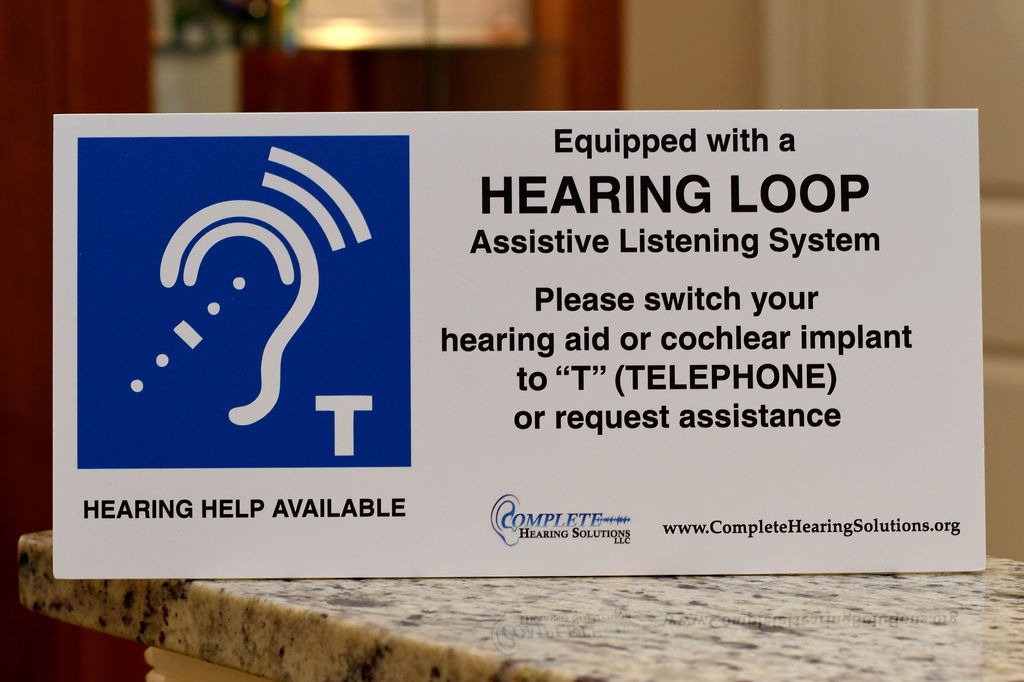
Assistive Listening Devices help people communicate better in one-to-one conversations. Generally, ALDs take the form of hand-help amplifiers with microphones that boost the sound the wearer wishes to hear closer to the ears.
ALDs can capture nearby sounds and may filter some level of background noise. These personal devices are available in the form of wireless FM devices, alerting devices, and other propriety devices that serve as ancillary equipment to hearing aids and cochlear implants.
Assistive Listening Devices VS Hearing Aids
Many people who use assistive listening devices may not need hearing aids. ALDs have a much simpler working mechanism, unlike hearing aids which have a more sensitive and sophisticated system meant for long-term use.
Assistive listening devices can offer instant amplification while hearing aids can adjust and improve a person’s hearing over time.
Types of Assistive Listening Devices
Various types of ALDs help improve sound transmission for people with hearing loss or hard-of-hearing individuals even with no diagnosed hearing loss. Some assistive listening devices are designed for large areas such as theaters, classrooms, churches, terminals, and airports. Some types of ALDs are designed for personal use in small settings and one-on-one conversations.
All types of ALDs can be used with or without hearing aids or cochlear implants.
Audio induction or hearing loop
Hearing loops, also known as induction loops, are powered with a copper wire placed around a room connected via a special loop driver to a certain sound system. An electromagnetic field connects to a telecoil in hearing aids, telecoil receivers, and cochlear implants.
Hearing loops are the most user-friendly ALD option and the most in-demand type on the market. These ALDs are simple, discreet, and effective. Simply switch the devices to telecoil program and users can automatically receive clear and customized sound directly to the ears.
People who don’t use hearing aids or don’t have access to telecoils need to use a hearing loop receiver or headphones to connect to the system.
Infrared system
Infrared systems work like TV remote controls with a transmitter sending speech or music from a sound system or public address to an IR receiver using invisible infrared light waves. The technology of infrared systems cannot be used outdoors during the day because it could be affected by light.
Since IR signals are sent and received in a straight line, users are encouraged to sit as centrally as possible. Users sitting in areas with poor sightlines may expect interference or receive no sound signal at all.
FM system
FM Systems, otherwise known as Radio Frequency Assistive Listening System, is a wireless low power FM frequency radio transmission from a sound system to FM receivers. Unlike infrared systems that are affected by direct sunlight, FM systems can go smoothly even when used outdoors. However, FM systems offer less confidentiality because the signals cannot be contained in a given area.
Personal amplified system
Personal sound amplification products (PSAPS) offer a wide range of benefits of hearing aids at a fraction of the cost. However, as the name suggests, PSAPs are only limited to amplifying sounds. These devices cannot address other components of hearing loss, such as distortion.
Assistive Listening Devices FAQs
What is the most commonly used assistive listening device?
Hearing loops are the most user-friendly and preferred assistive listening device. Discreet and effective, users simply switch their devices to the telecoil program and automatically receive sound directly to the ears.
Why are assistive listening devices necessary?
Assistive listening devices make personal connections to devices easier, giving users an opportunity to enjoy easier and clearer one-on-one communication. ALDs help amplify sounds especially when there’s a lot of background noise.
Can assistive listening devices take the place of hearing aids?
Assistive listening devices can be used with or without a hearing aid or cochlear implants. ALDs generally amplify sounds but for people with hearing loss, hearing aids are the best choice over assistive listening devices.
Assistive Listening Devices | Rockledge, FL
Hearing aid technology has come a long way since they were invented decades ago. Assistive listening devices can serve as an accessory to complement hearing aids and cochlear implants. Harbor City Hearing Solutions offers a wide range of assistive listening devices that can be paired not only with hearing aids but with smartphones and other functional devices as well.
Contact us today to schedule a consultation!


